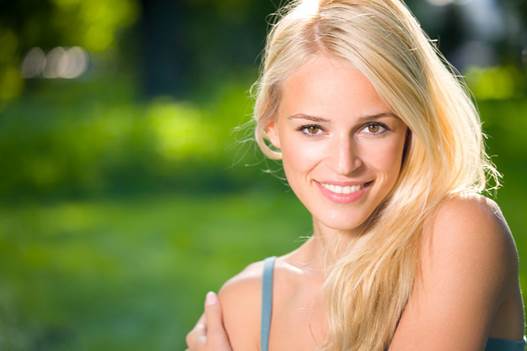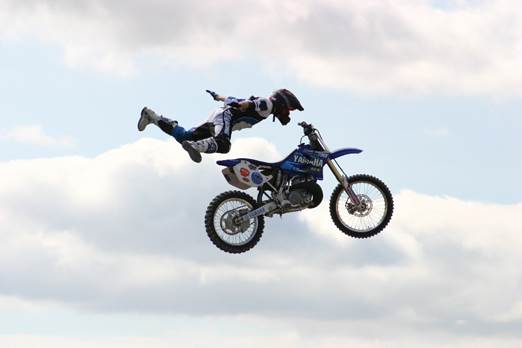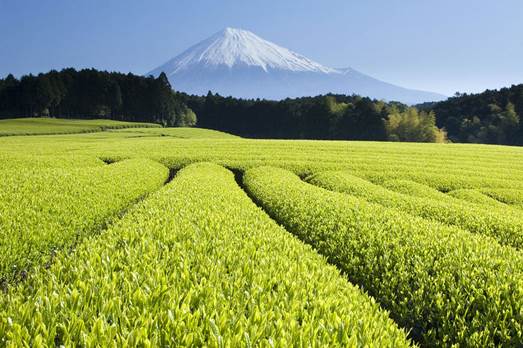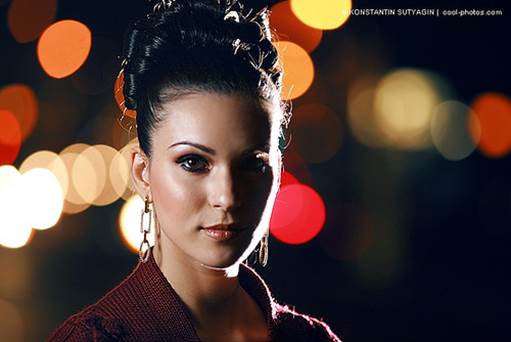Harness the power of your camera’s
scene modes to make better pictures in any circumstances
Your camera's Scene modes are for amateurs,
right? Not really. Scene modes can be great shortcuts that allow even
professionals to make some powerful changes with the flip of a single switch.
Here's what happens behind the scenes of each mode, and how you can put them to
use in your own pictures.
Portrait Mode
When you set your camera to Portrait mode,
it automatically chooses a wide aperture (like //2 or //2.8) to create a
shallow depth of field. This helps to isolate your subject, visually separating
him or her from the background. The closer you get to your subject, the more
noticeable the effect will be, so stand just a few feet from your subject and
fill the frame with his or her head and shoulders.

When
you set your camera to Portrait mode, it automatically chooses a wide aperture
to create a shallow depth of field.
To strengthen the effect, set your lens to
a longer telephoto setting and keep an eye on the background, choosing
something simple as a backdrop to minimize distractions. Some cameras also
utilize face-detection focusing in Portrait mode, and enable red-eye-reducing
fill-flash and a subtle softening effect for pleasing skin tones.
Sports mode
Sports mode is built for capturing fast
action. To that end, the camera will select its fastest available shutter speed
and may increase the ISO to accomplish this. The aperture is likely to open up
and create a shallower depth of field, which could become an issue with a
fast-moving subject.

Sports
mode is built for capturing fast action
Because of the high shutter speed, the
camera won't use a flash, and if it has the capability, it will utilize
continuous focus-tracking and high-speed shooting so you can fire off several
frames in a row.
The best way to photograph a fast-moving
subject (like a runner or a cyclist) is to pan the camera with the motion as
the subject crosses the frame. If you'd like to minimize the speed of that
movement, position yourself so the action is moving toward the camera or away
from it, rather than laterally across the scene.
Macro/Close-Up Mode
Use Macro mode for shooting small subjects
(like insects and flowers) or for close-up details. On some point-and-shoot
cameras with motorized zooms, this mode will spur the camera to automatically
choose the focal length at which it can focus closest.

Use
Macro mode for shooting small subjects (like insects and flowers) or for
close-up details.
Handholding for macro shots can be tricky,
as the slightest movement can mean the difference between a subject in totally
sharp focus and one that's blurry. Try to use your camera on a tripod, or at the
very least position yourself so you can brace the handheld camera against
another object. Depth of field can be microscopic in macro, so maintaining a
steady composition is crucial. Flash is usually set to automatic, so it will
fire if needed and compensate for being so close to the subject.
Landscape Mode
Landscape mode is the polar opposite of
Portrait mode. With the lens focused at infinity, instead of choosing a wide
aperture to create a shallow depth of field, Landscape mode prompts the camera
to choose a small aperture (such as //16 or //22) to increase depth of field so
that all elements of a landscape, from foreground to background, will be in
focus.

Landscape
mode is the polar opposite of Portrait mode.
To accomplish this, the camera is likely going
to have to use a slower shutter speed, especially if you're working in low
light. To prevent blur, a tripod is an ideal accessory for landscape mode.
The flash is also disabled because the
camera assumes you're photographing something at a distance. In some cases,
saturation is boosted subtly for more vibrant foliage, although this can be
separated out into its own mode.
Night Portrait
If there's one Scene mode that should be on
everyone's radar, its Night Portrait. This mode uses a combination of a long
shutter speed and fill-flash, sometimes referred to as "dragging the
shutter."
The premise is simple: If you're
photographing a portrait in low light, the long ambient exposure will allow the
background to register on the sensor, while the fill-flash will illuminate the
subject. That combination is a real show-stopper, as it prevents the dreaded
"brightly lit subject standing in front of a pure black background,"
just as it avoids a blurry foreground subject that would result from a long
exposure for the background.

If
there's one Scene mode that should be on everyone's radar, its Night Portrait.
Ever notice at a sporting event or concert
all those flashes in the stands? If those photographers were making portraits
with Night Portrait mode, they'd have nicely lit foreground subjects and a
brightly illuminated playing field or stage in the background.
Use a tripod to get a background in sharp
focus. For a bit of artistic blur, hand-hold and move the camera. If your
camera has face-detection technology, enable it in order to focus on the
subject rather than the background.